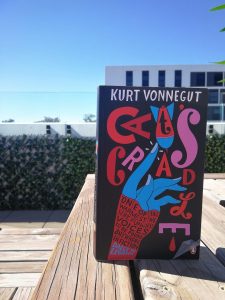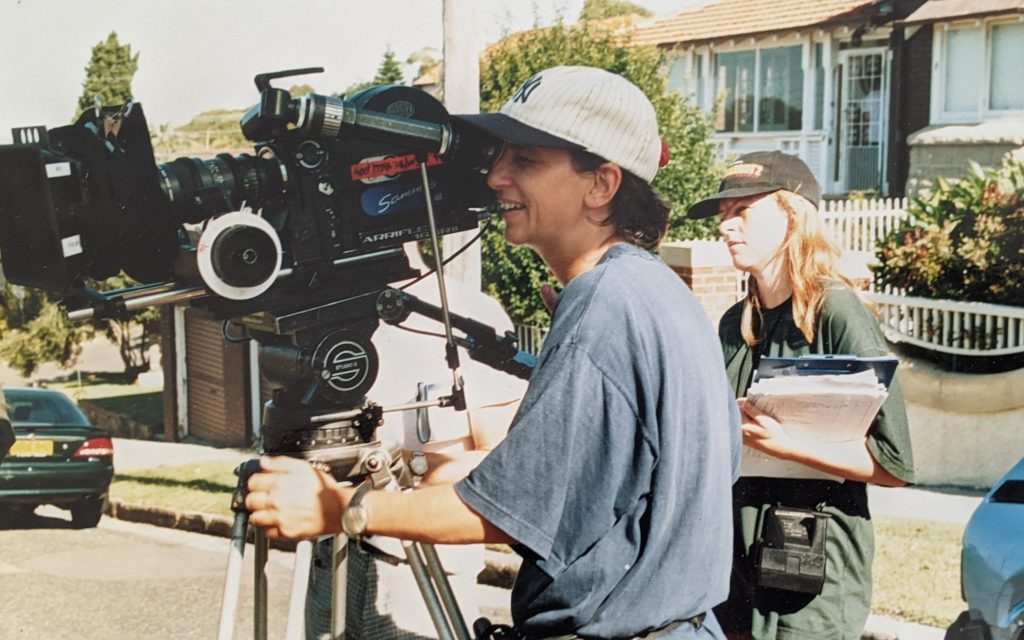Heave and change — Review of Helen Garner’s ‘Monkey Grip’
“It was early summer. And everything, as it always does, began to heave and change.”
Helen Garner’s debut novel, Monkey Grip, has come a long way since its publication in 1977. Critics were divided; audiences loved it. Now, you’ll have a hard time arguing Monkey Grip is anything other than an Australian classic.
Monkey Grip centres on Nora, who lives a carefree life in Melbourne, and her relationship with Javo; a heroin addict who flits in and out of Nora’s life, unable to commit himself to anything other than drugs.

And that’s the full description of the book’s plot. Monkey Grip is impossible to ‘spoil’; Nora doesn’t battle some great villain, journey across Australia, or uncover a sinister scheme. She simply lives her life — one that will feel familiar to many readers.
Hence why Monkey Grip was so controversial. At a time when the perspective of women was hardly considered in Literature — when it was readily dismissed by critics — Garner dared to write an honest portrayal, replete with anxieties, mistakes, regrets. For those entrenched in critical orthodoxy, there is no value in such naked honesty. But for audiences, starved of that perspective, Monkey Grip is a breath of fresh air. In many ways, it has paved the way for modern authors such as Sally Rooney (whose Conversations with Friends provides a similar portrait for a Millennial woman), or Charlotte Wood.
What makes Monkey Grip special is how real it feels. Characters enter the novel without any introduction, leaving the reader to work out who they are by observing their interactions with Nora. People struggle to express themselves, forced into situations that could be avoided with communication. There’s no consistent plot-line, leaving Nora’s life to be shown through a series of barely connected vignettes rather than a clear line of cause-and-effect.
It feels real. That’s because it is.
While Garner denied that the book was autobiographical for decades, in 2002 she wrote an essay admitting that the book was formed from her diary. Make no mistake, this doesn’t cheapen Monkey Grip. Far from it. Having transformed her diary entries into a novel, Garner performed masterfully.
At times, Nora’s life feels like a cinematic dream, drifting from one moment to the next in a haze. Garner’s prose reinforces that dreamlike quality — her writing is like viewing Melbourne’s streets through a kaleidoscope, seeing each detail in vivid, reflected patterns. This careful construction carries the reader. It turns the novel into an effortless read, though one that often demands you stop and read a passage again to appreciate the beauty within.
Take, for example, this passage as Nora rides towards the public pool:
“The hoses flick silver strings on to the drying grass. The cicadas beat a rhythm that comes in waves, like fainting or your own heartbeat. We sweep round the corner into the Belgium Lane, where the air is peppery with the scent of cut timber and even on this still day the poplars flutter over the ancient grey picket fence; they thrust up their sprouts through the cracking asphalt under our wheels.”

Indeed, the only way to ‘spoil’ Monkey Grip is to share too many passages, which are best experienced raw and unready.
While Garner’s writing renders Melbourne in foggy yet clear detail, creating an enduring portrait of the city, her greatest strength is describing people. Whenever Nora interacts with someone, Garner manages to say so much using so little.
Right near the novel’s beginning is a passage that will stick with readers, as Nora approaches Javo while the two are on a trip:
“I lay down next to him and our hot skins touched. Up close, his face was crooked, wrecked and wild. His eyes were as blue as blue stones or as water coloured by some violent chemical. I put my dry, hot arm across his oiled back. He moved like a boy, hard and gentle by turns. I heard him breathing.
A hundred yards away the children’s laughter evaporated into the blue, blue air.”
Nora and Javo become linked. From here on, Nora struggles to untangle herself from Javo while staying close to him, in one of the best depictions of love, loss, and addiction to ever come out of Australian Literature.
Nora’s heartbreak, her battle to move on, her support from (and conflict with) her friends. It’s so moving precisely because it lacks the high stakes of a more traditional novel. She could never save the world, but she could save herself — and saving herself might be enough.
Honest, passionate, empathetic and raw, Monkey Grip earned its place as a classic. Melbourne has changed much in the four decades since its release, but Nora’s story still has the capacity to resonate with people, young women or otherwise.
The city is different, but the people haven’t changed as much as we might like to admit.


Be the first to comment!